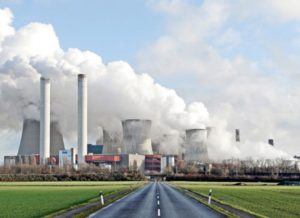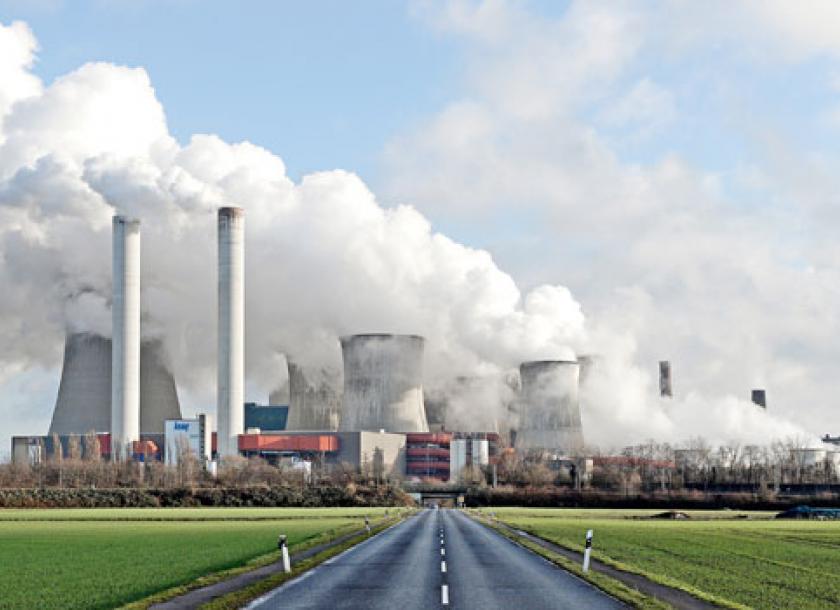 Myanmar continues coal-fired power plant plans
Myanmar continues coal-fired power plant plans
20 August 2019
Coal-fired plants will continue to be in use despite objections by different groups on grounds of health and environmental pollution, Ministry of Electricity and Energy deputy minister U Tun Naing said.
He told the Amyotha Hluttaw, the upper house of Myanmar’s national bicameral legislature, that the government intended to go ahead with the construction of coal-fired plants to address the energy shortage in the country.
“We’re planning to go ahead with our plan to build coal-fired plants in partnership with private companies,” U Tun Naing said at a meeting held on August 16 with the Amyotha Hluttaw.
He said that in its latest power mix plan, Myanmar will draw 33 percent of its energy needs from coal. “That’s about 7,940 megawatts (MW) out of the total installed capacity of 23,594 MW,” he said.
Meanwhile, 38pc will be supplied by hydropower, 20pc by natural gas and the remaining by renewable sources of energy such as solar power.
In comparison, under the country’s Energy Master Plan published in 2014 to address energy shortfalls, coal will form 30pc of the energy mix by 2030. Hydropower had the biggest share at 57pc at the time, with the remaining generated by natural gas and renewable energy.
Despite the need for more energy to generate power, coal plants have faced difficulties operating due to objections by villagers worried about its health implications. Last year, the government scrapped a US$2.8 billion coal-fired plant to be built near the Karen State capital of Hpa-An by Toyo-Thai Co Ltd, a joint venture involving Thai and Japanese engineering and construction firms.
In 2014, a coal-fired plant operated by Wuxi Huaguang Electric Power Energy Co Ltd was shut down when it ignored a waste management request issued by the Ministry of Electricity and Energy. The request was issued after the ministry received complaints about the impact of waste from the plant on the surrounding environment.
But a year later, the plant recommenced operations after it pledged to upgrade the plant and conduct the necessary waste management procedures. Approved in 2002, the 120-megwatt Tigyit plant is Myanmar’s first coal-fired power plant.
Detractors of coal-fired plants have noted that while coal remains a major source of feedstock for power plants, its use has gradually fallen. They have pointed out that Myanmar should leverage on its abundant hydropower sources instead of using coal.
U Ko Ko, Sagaing Region’s Amyotha Hluttaw representative for constituency No. 8, backs a plan to generate up to 8,000 MW of electricity from coal-fired plants. The region is a major producer of coal, especially in the Kalaywa area, where coal-mining firms have been accused of polluting the environment.
“We can’t be choosy about where the electricity comes from especially when it can benefit the country and people. It is not the time to say no to coal when only 35pc of our country’s population have access to electricity,” U Ko Ko.
In Asean, coal remains a major source of feedstock, supplying almost half of needs in Laos, 41pc in Indonesia and Malaysia, 20pc in Thailand and 45pc in Cambodia. – Translated
Source: https://www.mmtimes.com/news/myanmar-continues-coal-plant-plans.html

